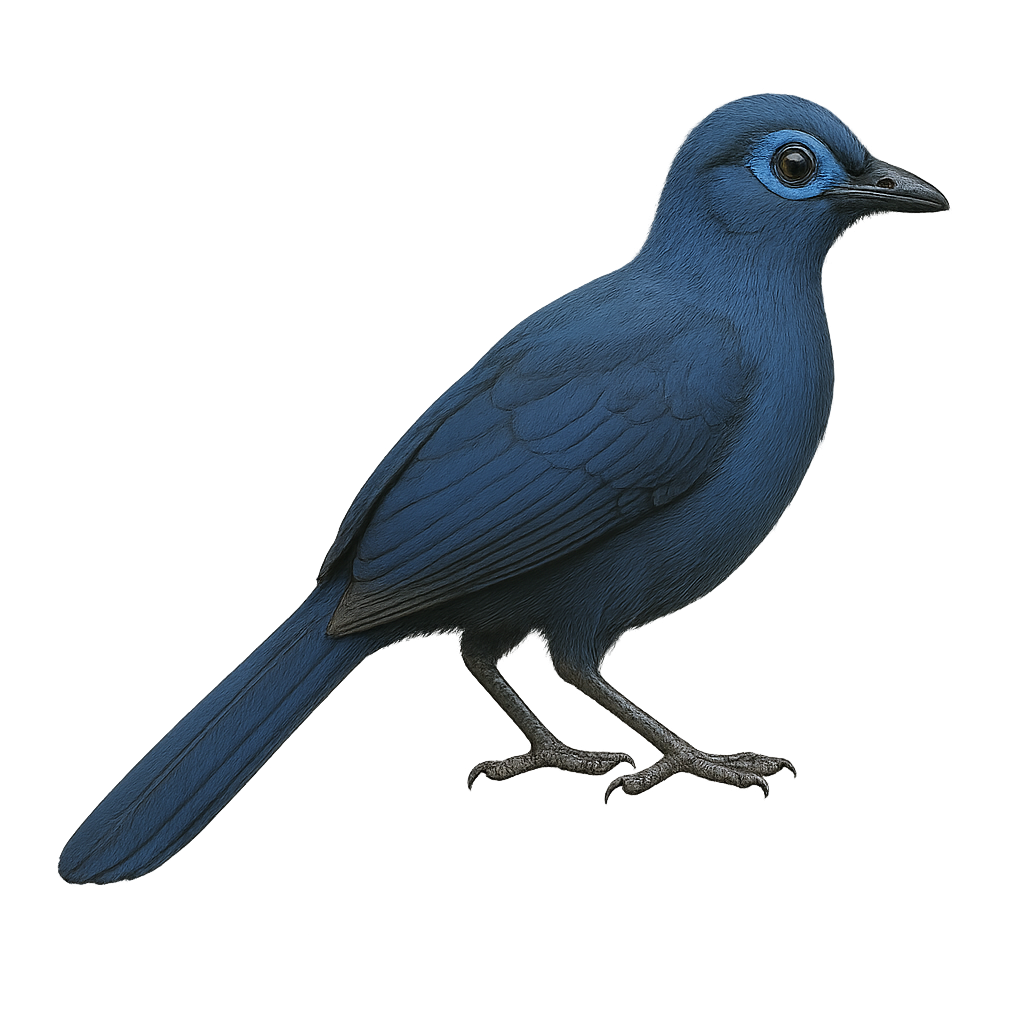Your wildlife photography guide.
Explore the blue coua in detail, study its behavior, prepare your shots.
Where to observe and photograph the blue coua in the wild
Learn where and when to spot the blue coua in the wild, how to identify the species based on distinctive features, and what natural environments it inhabits. The WildlifePhotographer app offers tailored photography tips that reflect the blue coua’s behavior, helping you capture better wildlife images. Explore the full species profile for key information including description, habitat, active periods, and approach techniques.
Blue Coua
Scientific name: Coua caerulea

IUCN Status: Least concern
Family: CUCULIDAE
Group: Birds
Sensitivity to human approach: Suspicious
Minimum approach distance: 10 m
Courtship display: November to December
Incubation: 18-20 jours
Hatchings: November to January
Habitat:
Tropical rainforests, secondary forests, wooded areas
Activity period :
Primarily active during the day, with peak activity in the morning and late afternoon.
Identification and description:
The Blue Coua is an endemic bird of Madagascar, belonging to the Cuculidae family. It is distinguished by its striking blue plumage and medium size, measuring about 48 to 50 cm in length. This bird is primarily arboreal, moving nimbly through the island's tropical rainforests. It feeds mainly on insects, fruits, and small invertebrates. The Blue Coua is known for its melodious song and varied calls, often heard at dawn and dusk. Although its habitat is threatened by deforestation, it is currently classified as "least concern" by the IUCN.
Recommended lens:
400 mm – adjust based on distance, desired framing (portrait or habitat), and approach conditions.
Photography tips:
To photograph the Blue Coua, it is advisable to use a telephoto lens of at least 400mm to capture detailed images without disturbing the bird. Look for it in the tropical rainforests of Madagascar, where it often moves in the canopy. Be patient and discreet, as this bird can be suspicious. The best times to observe it are early in the morning or late in the afternoon, when its activity is at its peak. Take advantage of the soft light during these times to get shots with natural and vibrant colors.
The WildlifePhotographer App is coming soon!
Be the first to explore the best nature spots, track rutting seasons, log your observations, and observe more wildlife.
Already 1 430 wildlife lovers subscribed worldwide

